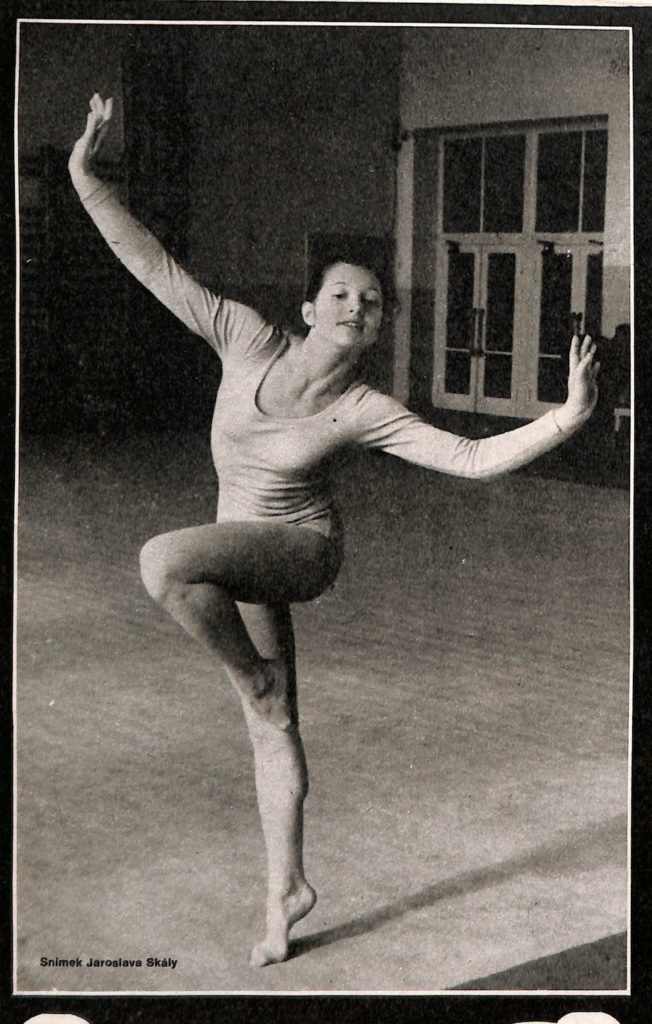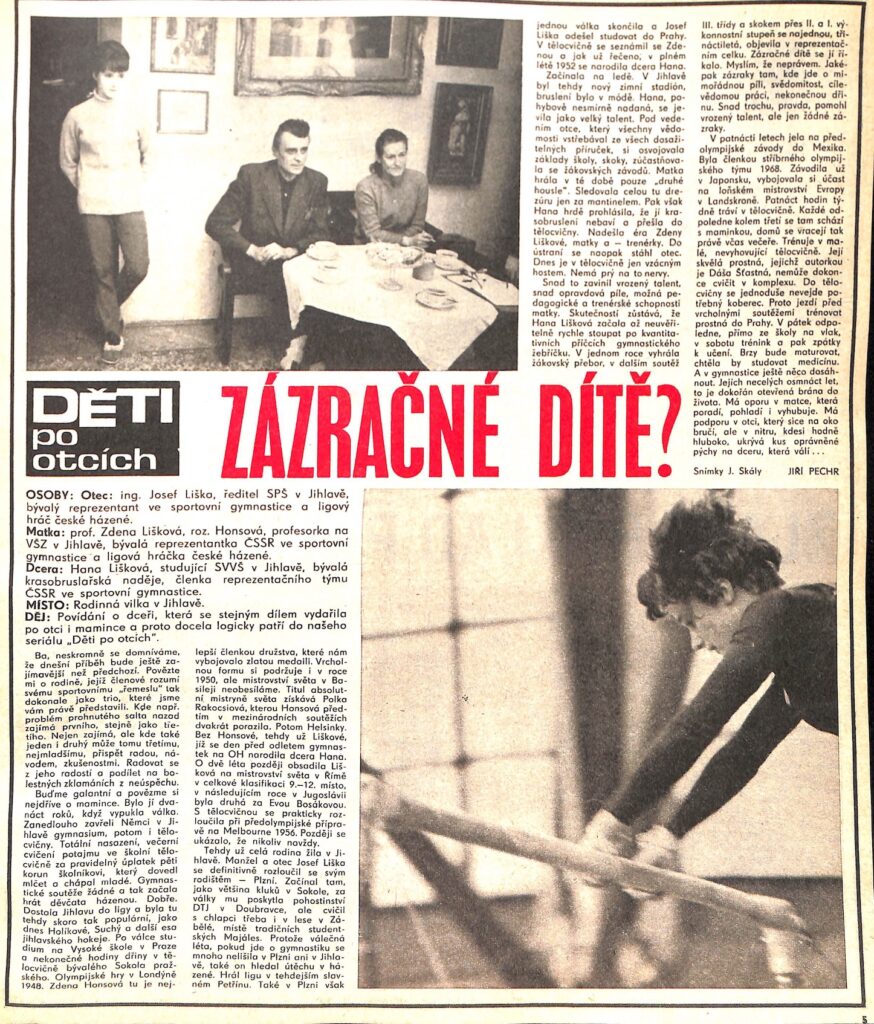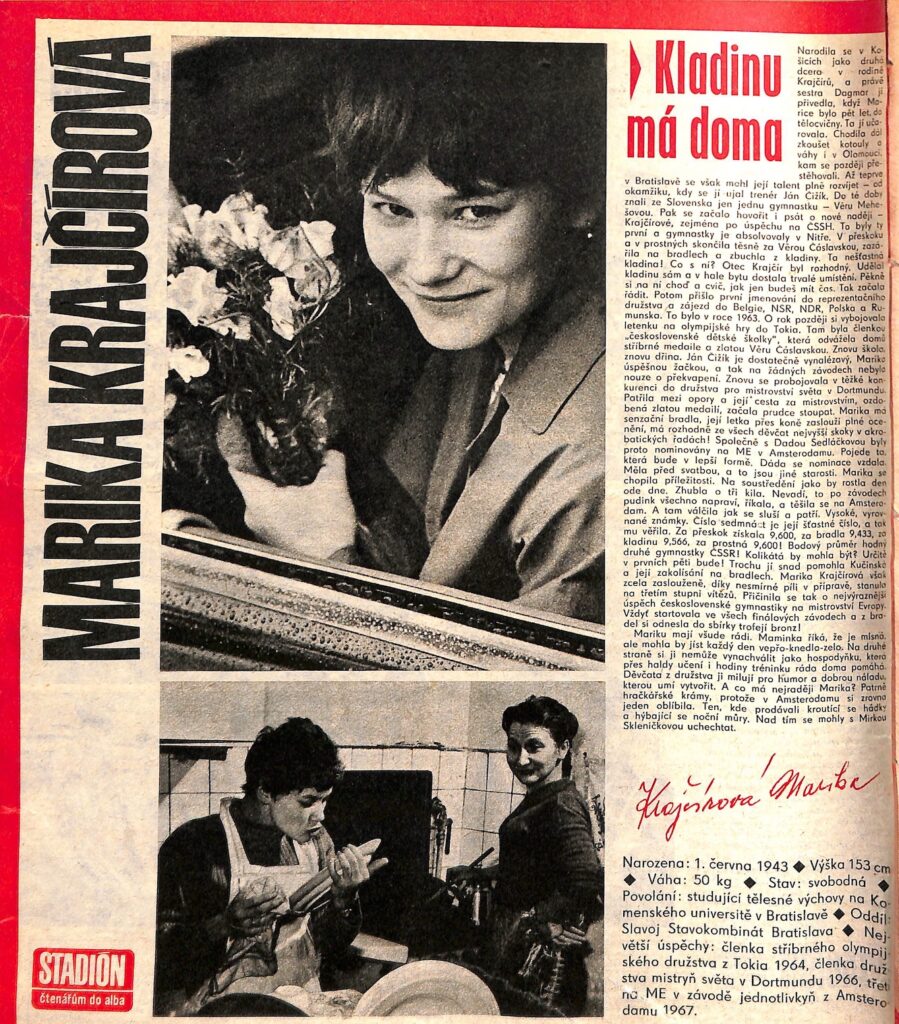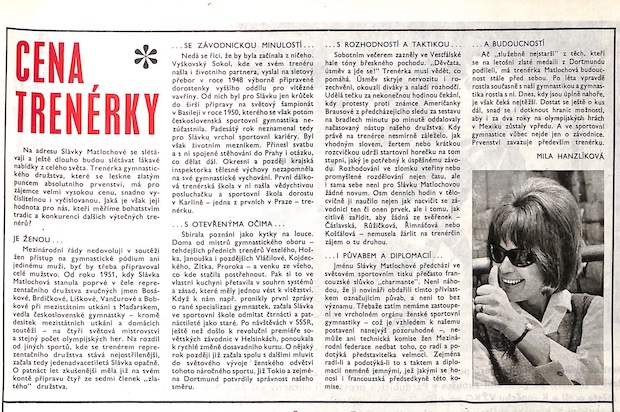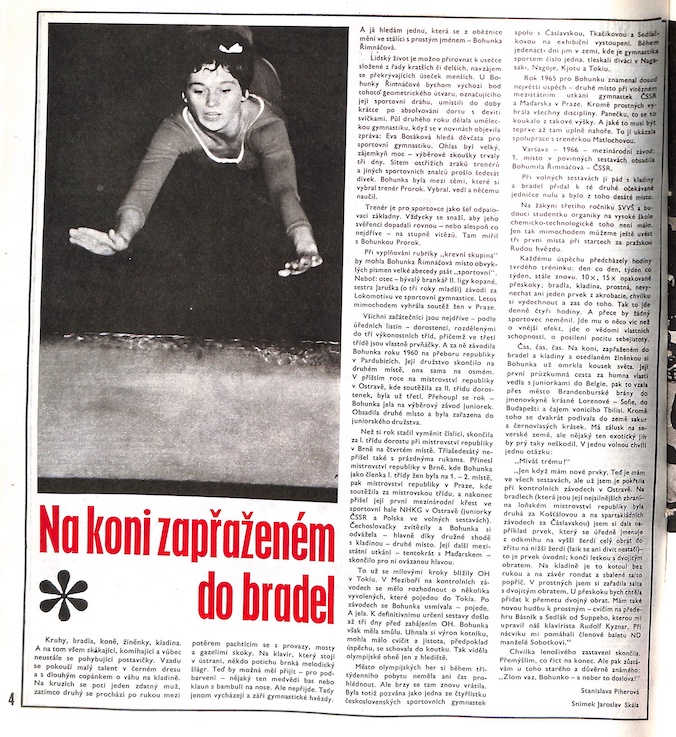After World War II, Czechoslovakia was one of the powerhouses in women’s gymnastics. But in the lead-up to the Munich Olympics, they had dropped in the rankings. At the 1966 World Championships, they finished first. At the 1968 Olympics, they finished second. Then, at the 1970 World Championships, they were third. Nevertheless, Czechoslovakia was one of the favorites for bronze in Munich.
On the men’s side, the team had finished 4th at both the 1966 World Championships and the 1968 Olympic Games. But they dropped to 9th at the 1970 World Championships, which is where they finished in Munich. (Based on their scores at their national championships, a medal seemed out of the question.)
Here are the results for the 1972 Czechoslovak National Championships.
